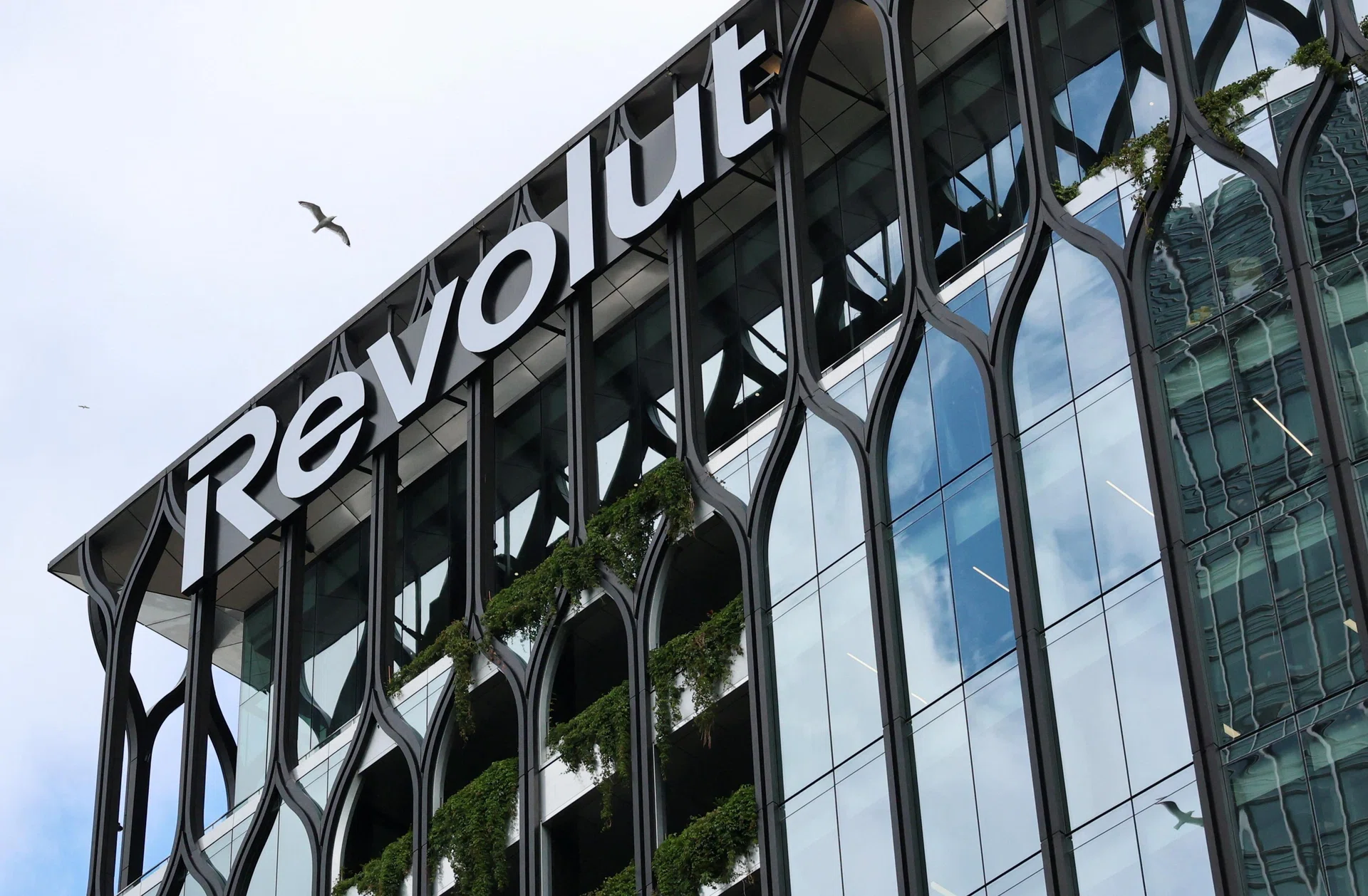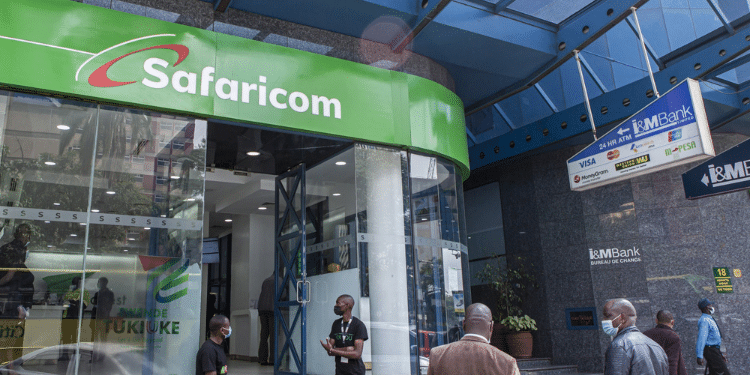In a time when South Africa is struggling with frequent power outages and a volatile electricity grid, Zimi, a South African electric vehicle (EV) charging solutions startup, is stepping in with an innovative solution that could change the energy landscape.
The company has secured $320,000 (R6 million) in grant funding from the Energy and Environment Partnership (EEP Africa Trust Fund) to test Vehicle-to-Grid (V2G) technology.
This grant is a critical step in Zimi’s mission to explore how electric vehicles (EVs) can help stabilise the country’s energy supply, particularly during load shedding and power shortages.
What is Vehicle-to-Grid (V2G) Technology?
V2G is a groundbreaking technology that enables electric vehicles to not only draw power from the grid for charging but also send energy back to homes, businesses, or the national grid when required.
The technology has the potential to transform EVs into mobile power sources, creating a decentralised, flexible energy system that can provide backup power during times of instability.
For a country like South Africa, where power outages are an unfortunate reality, V2G presents a promising solution. By using the batteries of parked electric vehicles, homes and businesses can access backup power, easing the burden on the national grid during critical periods.
READ ALSO:
Spiro to Pioneer Electric Vehicle Assembly in Nigeria
Zimi’s Role in the EV Revolution
Zimi’s mission goes beyond just providing charging solutions. The startup is focused on partnering with logistics companies to transition their fleets to electric vehicles.
This move not only reduces operational costs and carbon emissions but also sets the stage for integrating V2G technology into their fleets.
The idea is simple: when these vehicles are idle or not in use, their batteries can be utilised to feed energy back into the grid or the logistics facilities themselves.
Testing V2G with the EEP Africa Grant
Zimi was selected as one of only 32 projects to receive funding from EEP Africa’s latest round out of over 530 applications.
The funding will support the development of pilot applications for V2G technology, enabling Zimi to assess its feasibility and potential.
This grant also provides the opportunity to tackle the technical and regulatory challenges that may arise when implementing V2G on a large scale.
Michael Maas, CEO of Zimi, highlighted the significance of this opportunity, stating that the grant aims to understand the limitations of V2G, create practical real-world applications, and develop a commercial model that aligns with the existing constraints of the South African grid.
A Decentralised Energy Future
Zimi’s venture into V2G technology could be a game-changer for South Africa’s energy future. By turning idle EVs into backup power sources, the startup is helping create a decentralised energy model that reduces reliance on the grid and offers an alternative source of energy during power shortages.
This shift is especially crucial in South Africa, where load shedding disrupts daily life and business operations. With V2G technology, Zimi envisions a future where EVs can be seamlessly integrated into the national energy system, stabilising supply during peak demand and making energy more accessible to everyone.
Logistics Fleets as Early Adopters
Although V2G adoption by everyday consumers may take time, Zimi is betting on logistics fleets to lead the charge.
These companies typically have large fleets of vehicles that experience high downtime, making them ideal candidates for V2G integration.
By leveraging the idle time of these vehicles, fleet operators can not only reduce their energy costs but also play an active role in supporting South Africa’s energy grid.
Zimi’s collaboration with logistics companies like Bakers Logistics shows that the model is already gaining traction. The startup’s approach is strategic, focusing on proving the technology’s value in commercial settings before scaling it to individual consumers.
READ ALSO:
Why Stitch’s $55M Raise Signals Confidence in African Fintech
The Rise of Bi-Directional Charging in South Africa
Zimi’s efforts are timely, coinciding with the growing interest in bi-directional charging in South Africa. For instance, Volvo’s recent launch of the EX90 electric vehicle, which supports V2G functionality, is a significant step in the right direction.
As EVs with bi-directional charging become more widely available, Zimi’s technology will be at the forefront of integrating these vehicles into a broader energy ecosystem.
The Road Ahead: A Greener, More Resilient South Africa
The funding from EEP Africa is not just a financial boost for Zimi but a step towards a more resilient and sustainable energy future for South Africa.
As the country faces energy challenges, the integration of V2G technology could provide a solution that stabilises the grid, reduces emissions, and creates new business opportunities.
Zimi’s initiative is also aligned with the broader goal of decarbonising industries and reducing South Africa’s reliance on fossil fuels.
With a focus on electric fleets, Zimi is not only helping businesses reduce operational costs but also supporting South Africa’s transition to a greener future.
As EVs become more affordable and infrastructure expands, Zimi’s vision of a greener, more self-sufficient energy future is within reach.
And with partnerships like the one with EEP Africa, the future looks promising for both the electric vehicle and energy sectors in South Africa.
Ronnie Paul is a seasoned writer and analyst with a prolific portfolio of over 1,000 published articles, specialising in fintech, cryptocurrency, and digital finance at Africa Digest News.







Leave a Reply